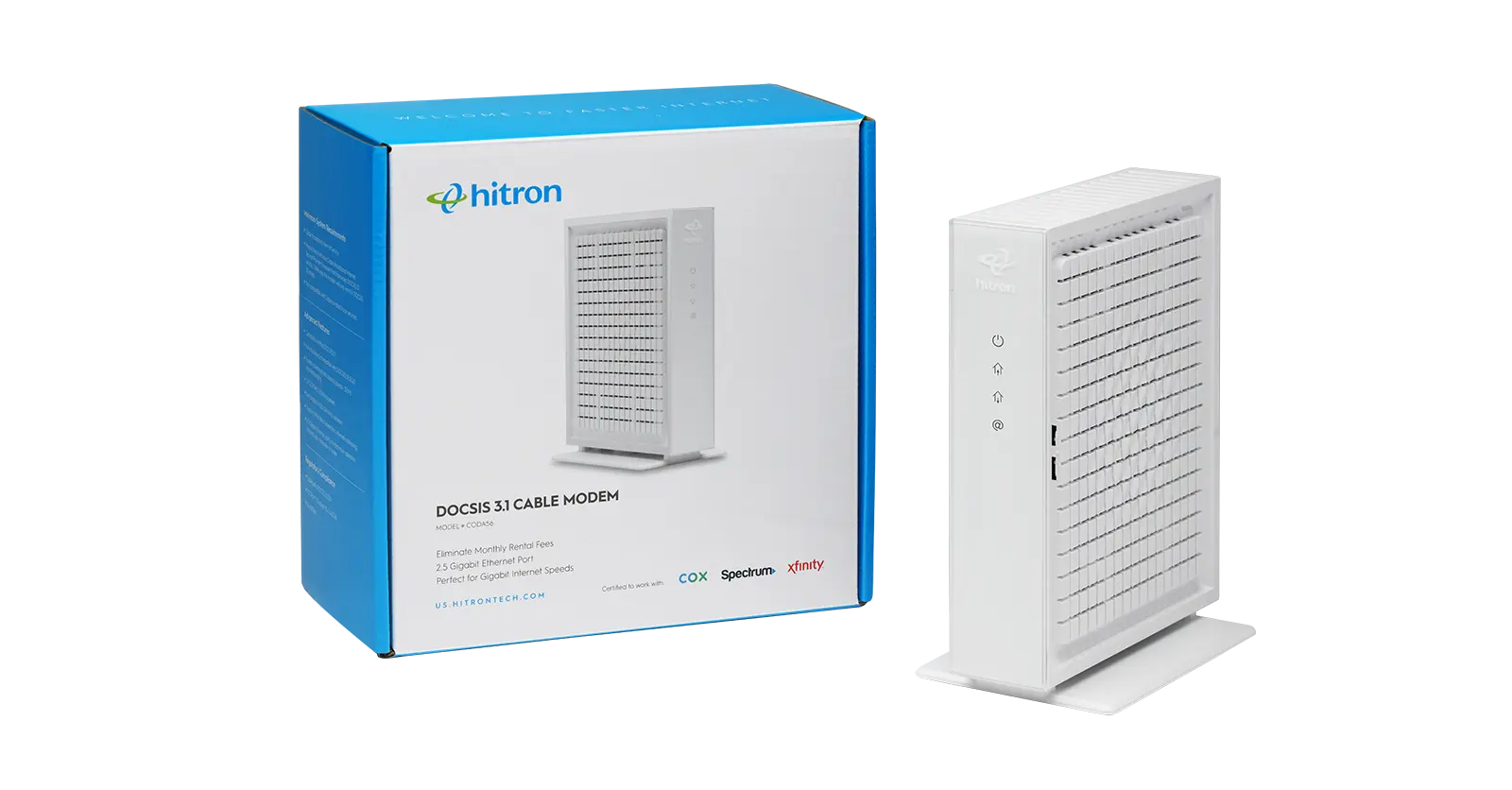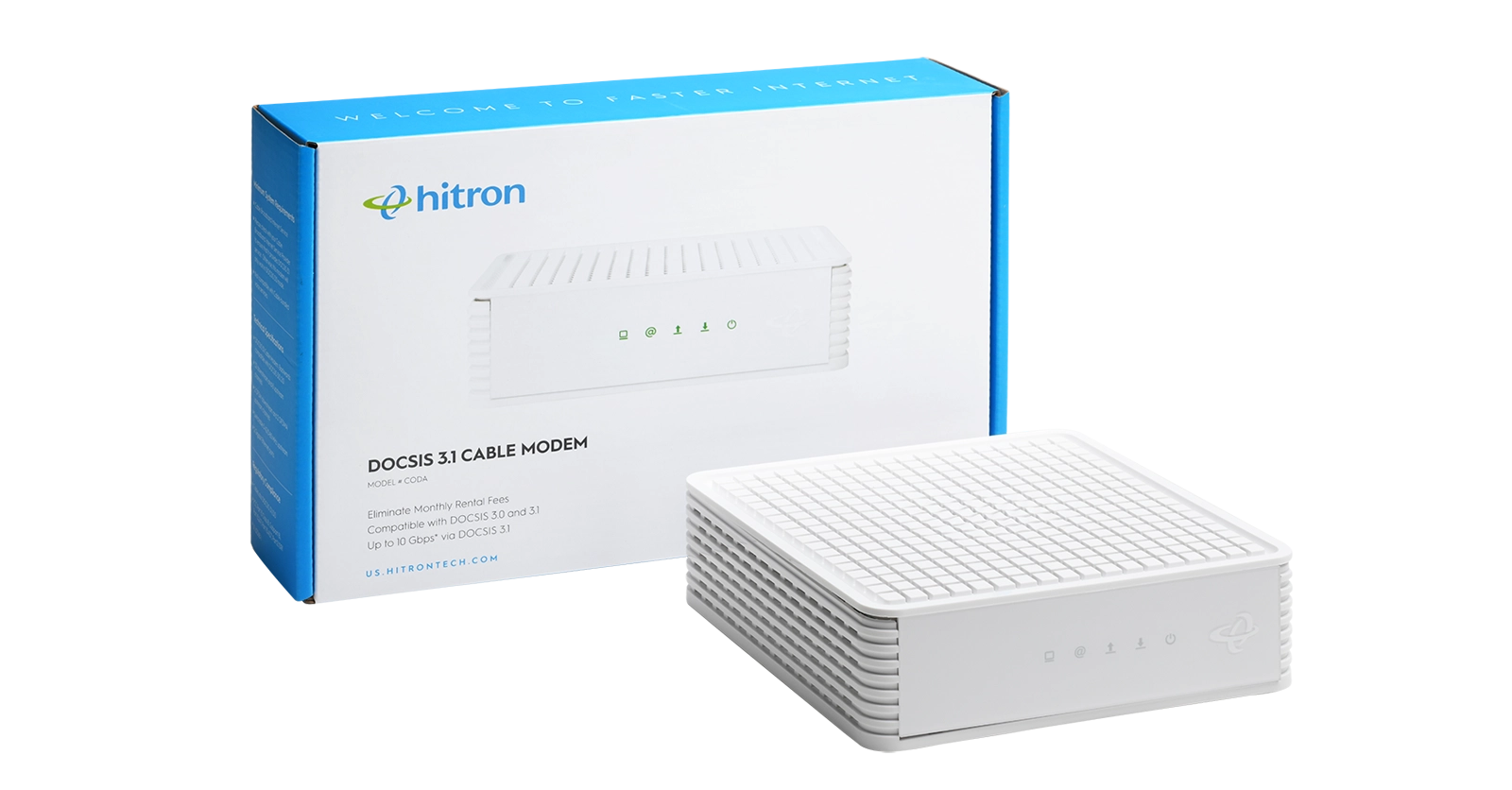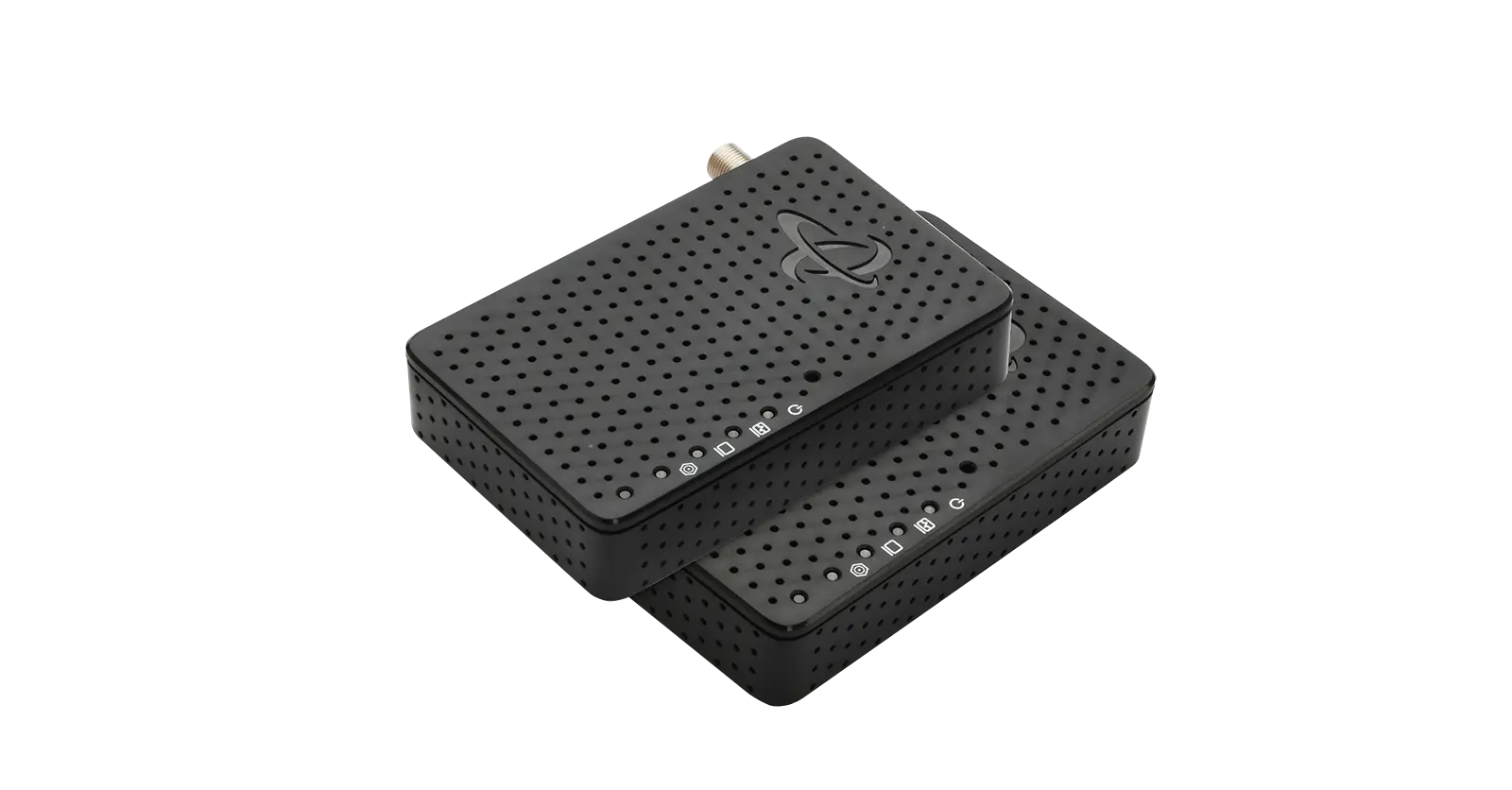Fiber optic Internet is a superfast broadband connection. On an optic fiber line, information is transmitted through pulses of infrared light. To better understand fiber optics, there are a handful of terms and abbreviations you will need to know. Before we dive into each type of passive optical network (PON, EPON and GPON), here are some other abbreviation terms to know and understand first:
- OLT stands for Optical Line Terminal. An OLT device is your Internet service provider’s (ISP) equipment that acts as the endpoint of a PON and your ISP’s core network. The purpose of an OLT is to control, convert signals and coordinate fiber optic service (FiOS) within a PON system.
- ONT stands for Optical Network Terminal. An ONT device is the endpoint at your premise. The purpose of an ONT is like a modem but is specific to fiber. It communicates with your ISP through a fiber optical cable within a PON system.
- ONU stands for Optical Network Unit, which is another name for ONT. ONT and ONU are often used interchangeably and are both devices at the user’s end.
Both OLT and ONT devices are essential within a PON network system. They terminate each end of the line, one at your home or business (ONT/ONU) and the other at your ISP (OLT).
Now that you have more information on devices within the system, what is PON?
What is PON?
PON stands for passive optical network. It is the network system that carries optical fiber cabling and signals from an Internet service provider (ISP) to the end user to deliver broadband Internet access. A PON system can end (terminate) at multiple locations: a subscriber’s home, an office building, or at a “curb” or shared point within a neighborhood. These different terminations are described as:
- Fiber-to-the-premise (FTTP)
- Fiber-to-the-home (FTTH)
- Fiber-to-the-building (FTTB)
- Fiber-to-the-curb (FTTC)
A PON system is made up of an OLT and ONT and is considered passive because it is a point-to-multi-endpoint system served by unpowered splitters. Using a single cable and delivering more than just Internet access are some of the key advantages of PON fiber Internet over others.
That is the basic structure of a PON system. However, there are different types of passive optical networks. Two of which are EPON and GPON. The main difference in types of PON comes from how they transmit data.
What is EPON?
EPON stand for Ethernet passive optical network. EPON gives access to Internet, voice, and video service. It does this by using Ethernet packets instead of Asynchronous Transfer Mode (ATM) cells. This is what makes EPON different from GPON.
EPON is deployed as point-to-multipoint in fiber-to-the-home (FTTH) or fiber-to-the-premise (FTTP) networks and delivers data rates of 1 Gbps upstream and downstream.
What is GPON?
GPON stands for Gigabit Ethernet passive optical network. GPON also gives access to Internet, voice and video service. The difference is that GPON uses ATM for voice, Ethernet for data, and proprietary encapsulation for voice.
GPON is deployed as point-to-multipoint in fiber-to-the-home (FTTH) or fiber-to-the-premise (FTTP) networks and delivers data rates of up to 2.5 Gbps upstream and downstream. GPON is the new-generation standard since it is more efficient than EPON.
There is quite a bit to know about fiber optic networking and PON, but this page covers the basics of what you really need to know. If you are a homeowner or business owner and want to level up your Internet service, PON or shared fiber technology offers many advantages.
You can scale up your fiber network today with Hitron’s offerings of 10G PON ONT/ONU solutions. Hitron’s 10-Gigabit PON fiber interface is a high-powered device that delivers speeds up to 10 Gbps downstream and upstream. This makes downloading and uploading content superfast, which is just as perfect for working from home as it is for video streaming and gaming.
Ask your ISP about Hitron’s offerings today. For more information on fiber optic networking, check out Hitron’s Learn Page.


